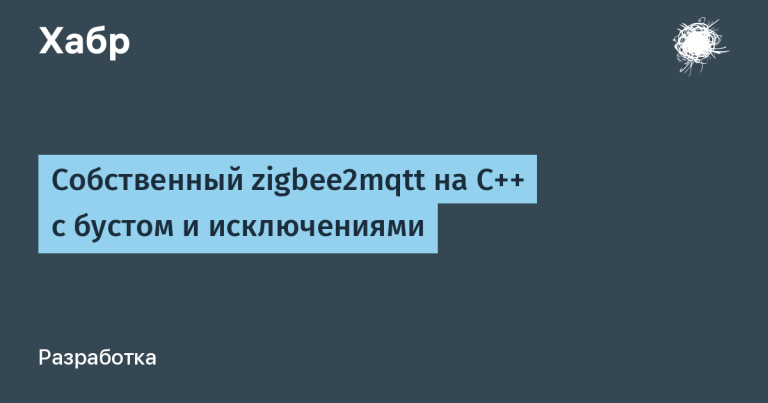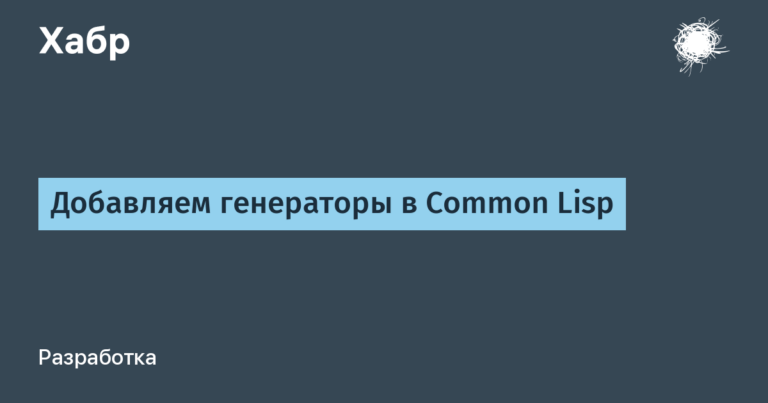You don't need time management, you need attention management
Hello, my name is Asya Isakova, and I am an organizational psychologist. I’ve been working with different teams for 10 years now, and during this time I’ve seen hundreds of people burning out, burning out and burned out at work. In this article, I will tell you how to manage your attention so that you have enough energy for important things and remain for yourself.
Understanding attention management using the example of cucumbers, snowballs and bears

Imagine that you are playing in the snow. You need to sculpt even snow balls, put them in a pile, dodge lumps flying at you, aim accurately and shoot at numerous opponents. Now imagine that at this time you still need to do your work: write code, think through architecture, write an article, or roll up jars of cucumbers (I don’t know what makes you feel more). The consequences are easy to imagine: the snowballs are crooked, you have a black eye, cucumber pickle is spilled around.
Now let's apply time management to this situation: put tomato for 45 minutes (author, aren’t there too many vegetable metaphors for the first 3 paragraphs of an article about work?), set a goal, make a to-do list, fill in the corresponding slot in the calendar, set a deadline, and don’t be distracted by social networks. Congratulations, now you have crooked snowballs, a black eye, cucumber pickle is spilled around, and the calendar helpfully sends you a notification: your time for 3 jars of canned cucumbers for a client has come to an end!
Attention management – this is about how to deliberately focus on covering cucumbers instead of reactively fighting off snowballs flying from all sides. It's about separating metaphorical cucumbers and snowballs and staying focused on what's important.
I am sure that everyone can separate cutlets from flies (like cucumbers from snowballs) on their own, without resorting to advice from the Internet. However, at work things look different: on average, employees touch their phones 2617 times a daychecking mailboxes 74 times a dayget 46 push notifications in a day. These are the very snowballs-stimuli that rain down on us from all sides.
To return to the work context after a context switch, people it takes 9.5 minutes. Constant jumps from task to task reduce productivity by 40% and tire you because our brain limited RAM. We are designed this way physiologically, and this cannot be changed. We can only structure our work in such a way that our periods of continuous immersion in work are truly uninterrupted by anything.
Okay, you think, turn off notifications and go to work. But it's not that simple. Good attention management = high productivity. This is also your opportunity to manage your life and build it around what matters to you. It's little more than the ability to focus. It's about giving you back control of your time and your priorities.
Productive time for important things

Let’s imagine a manager, Gregory, who says: “What I love most about my work is helping my guys and mentoring them. It makes me very happy to see how my people grow; it is important for me to understand that I am making a difference in the world. Perhaps this is the part of the job that makes me feel like a cool leader and a good person.”
How is St. Gregory's day built? “Mostly I put out fires and answer letters. I made a plan for 1:1 meetings for my guys for the year, made priorities for their development, but I constantly have one thing or another. There is no time left for mentoring.”
Gregory understands that he will not be able to change the world until his actions correspond to his personal values. But who will put out the fires? There is no magic pill, your fires will still be put out by you, and Grigoriev’s – by Grigory. Only I suggest spending productive time not on them, but on things that have greater personal meaning. For example, Gregory could start the day with a 1:1 meeting: put a block in his calendar, set the status to “Unavailable” in the messenger, put his phone on airplane mode and do something that brings him strength and joy.
Try to explore when you are productive and use that time for the things that matter to you. One method: an advanced version of the theory of larks and owls. This chronotype theorywhich divides people into bears, lions, wolves and dolphins (the attentive reader will notice that from flora in the first part of the article we slowly moved to fauna).
“The Bears”. They feel comfortable waking up from 7 to 11 am, peak productivity occurs between 11 am and 6 pm, and go to bed no later than 11 pm.
“Lions”. They can wake up without an alarm clock from 5:30 to 10 am, they are most productive from 10 to 17, it is better for them to retire before 22:30.
“Wolves”. They have a very hard time getting up in the morning, their time is from 7:30 to 12 o’clock, they work effectively until 20 o’clock and easily go to bed at 00:00.
“Dolphins”. People with restless sleep patterns, so even if they get up between 6 and 10, they can easily fall back to sleep. To be able to fall asleep by midnight, they need to remove any screens two hours before bed. Their peak activity is from 10 a.m. to 6 p.m.
Mark on your calendar for a week or two at which hours you are most productive, monitor your sleep and plan your activities based on this. For example, I work best in the morning, so I schedule mental tasks during that time. I conduct interviews, work meetings and correspondence in the afternoon.
Once you've learned when you think best, block off that time on your calendar to tackle your priority tasks. The “Focus time” function is available in Google Calendar. Some offices are practicing days without meetings, and Shopify in 2023 altogether canceled all meetings where there are more than 2 participants. People need time to work.
Once you've figured out your productive time, pay attention to your environment and create a focus space for yourself. Set boundaries, use headphones, put a “DO NOT DISTURB” sign on the table, explain its meaning to your dog and other roommates. Try changing your location, experiment and see where and when you can concentrate best: is noise bothering you? Do you enjoy working among other people? What music helps you focus? Is your work faster with a small or large monitor? Record your observations and change your reality in accordance with discoveries about yourself.
Context switching
Who did your mother tell as a child that if you are tired from homework, you can wash the dishes? “A change of activity is also a rest.” Yes and no. There are 2 approaches to changing activities:
We do not change types of activities using batching – grouping of similar problems. Do you have 5 1:1 feedback planned as part of a performance review? Schedule meetings back to back, but plan a 15-minute break after each and an hour-long lunch in the middle. The cognitive load can be reduced due to the fact that you do not change the depth of immersion, just slightly adjust the topics and change the interlocutor.
We listen to mom and change activities. If you tried method number 1 and got stuck, then batching is probably not for you. Second strategy: work-life integration. Try alternating between strategic and tactical tasks, meetings and light mechanical tasks and see for yourself: which option suits you better?
Within the framework of one work topic (say, canning cucumbers), we can operate at two levels: strategic (what canned cucumbers we want to get, cucumber VISION) and tactical (who to send to the market for 92 kg of pimply crispy friends).

Notice what happens to your attention when you:
A. You stay on the same topic, but switch from strategy to tactics and/or back (cucumber vision → who will go for the cucumbers).
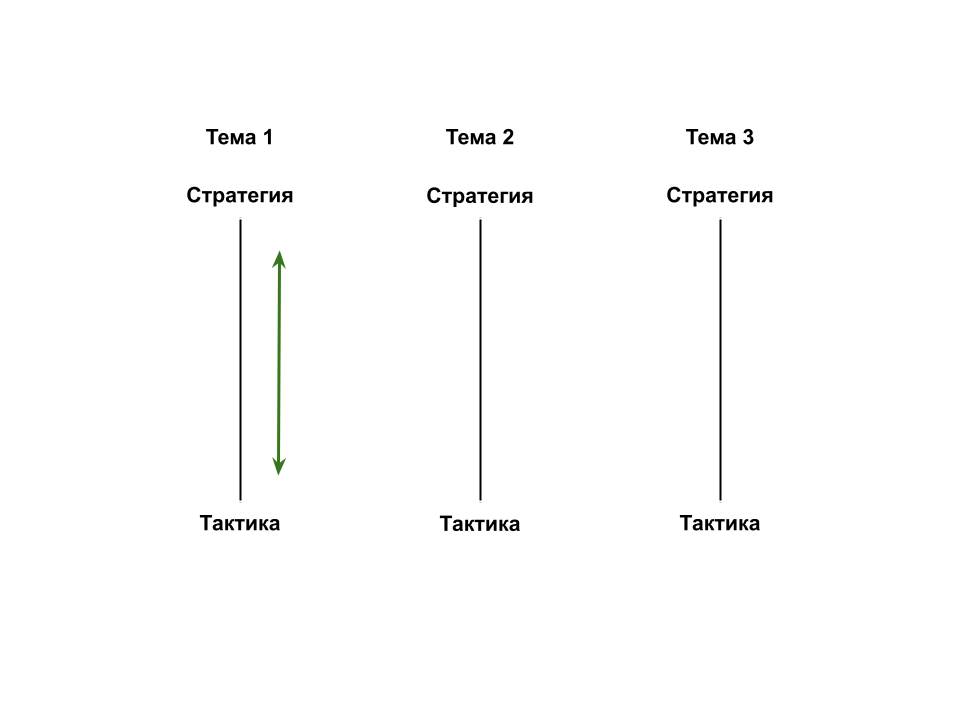
B. You switch to different topics, but remain at the strategic level (cucumber vision →territorial expansion of your company).
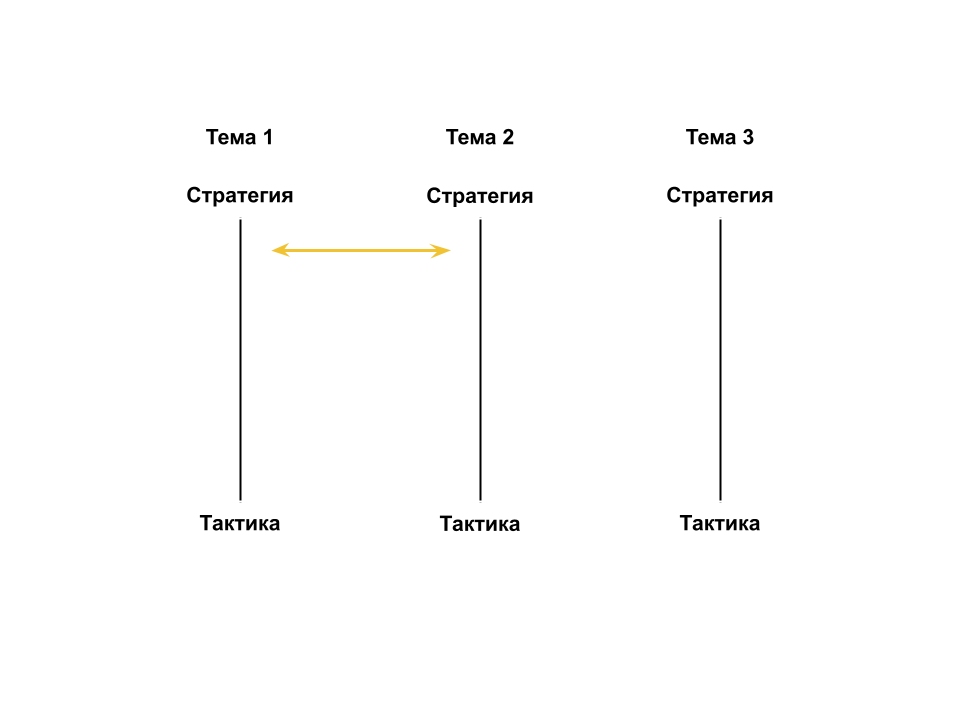
Q. You switch to different topics and different contexts from tactical to strategic and back (who will follow the cucumbers → territorial expansion).
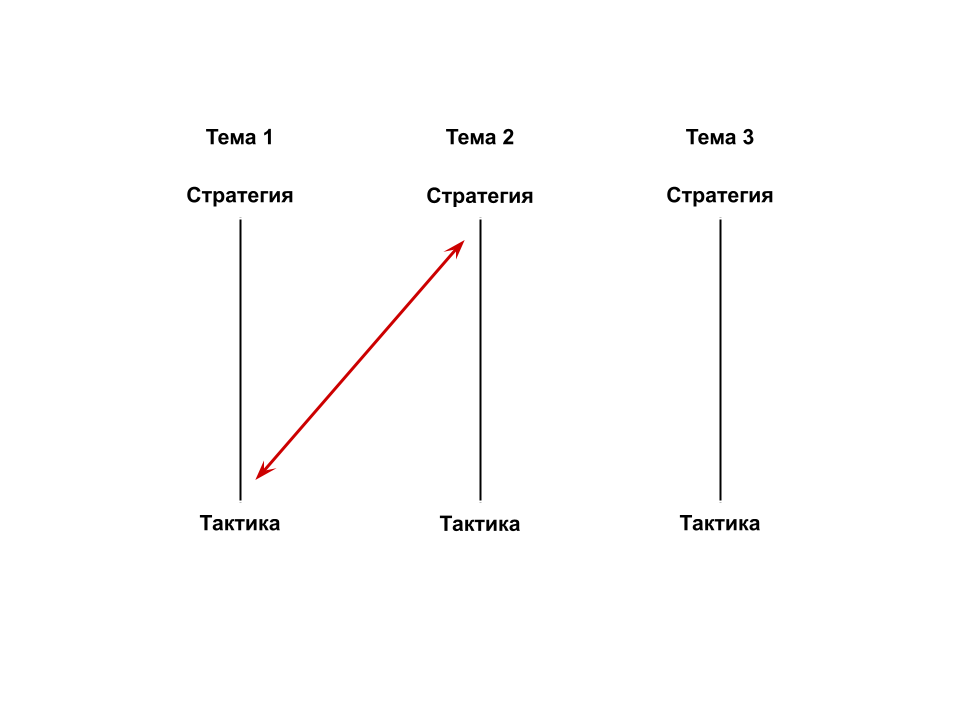
By writing down tasks by type and monitoring the energy levels they consume, patterns can be identified over time. Based on the information received, you can change your schedule: for example, do not spread calls throughout the week, but make them in bulk. Or dedicate one day to strategy on several topics, and on others to engage in tactics. There is no right answer, there is only what suits you personally.
Pauses
A real pause is when the gears in your brain slow down and then stop, at least for a little while. When you're having lunch with your phone in your hand, typing a message, your brain is overloaded. When you watch TikTok during 15-minute breaks between calls, too (that's me).
How to learn not to be distracted? Try being in silence for small periods of time at first, then more and more. For example, rest for 5 minutes without your phone. Look at the wall. Study how many fingers you have. Watch your chest rise. If some incredibly cool idea comes to your mind, write it down on a piece of paper (don't touch your phone!) and go back to studying your fingers. Is it annoying to even read this? Great, that means there is a lot of unknowns ahead.
And then there is sports. Yes, sorry, broz, after jogging or exercising, my head actually works better. Well, stand up. Well, stretch. Well, stretch your legs, breathe, walk, sit down a dozen times. If you do this for two weeks in a row, you will get hooked.
And what was that?
Attention management suggests prioritizing the people and projects that really matter to us. As organizational psychologist Adam Grant says, “Attention management is the art of doing the right thing at the right time and in the right place.”
To learn how to manage attention, first of all you need to know yourself, your work patterns, chargers and dischargers, the features of switching the cunning machine in your head and energy consumption for each contextual jump. If you undertake changes, think about what criteria you can use to evaluate the success of the events. Among the indicators that attention management skills have improved, there should be something about “you feel less like dying at the end of the working day.”
Attention management is not a magic pill; it will not change the number of incoming messages, the number of fires that must be put out, or the number of distractions. But it will help you focus on what you can actually control: where you pay your attention and what tasks you prioritize. This is also called “control over your life.” Try it, I'm sure you'll like it.
In the channel Compass of Congruence I talk about how good people can become great leaders and build their work taking into account human characteristics. If you work with biorobots, you won't like it. I will be very glad to see the rest as subscribers.
What to read on the topic
